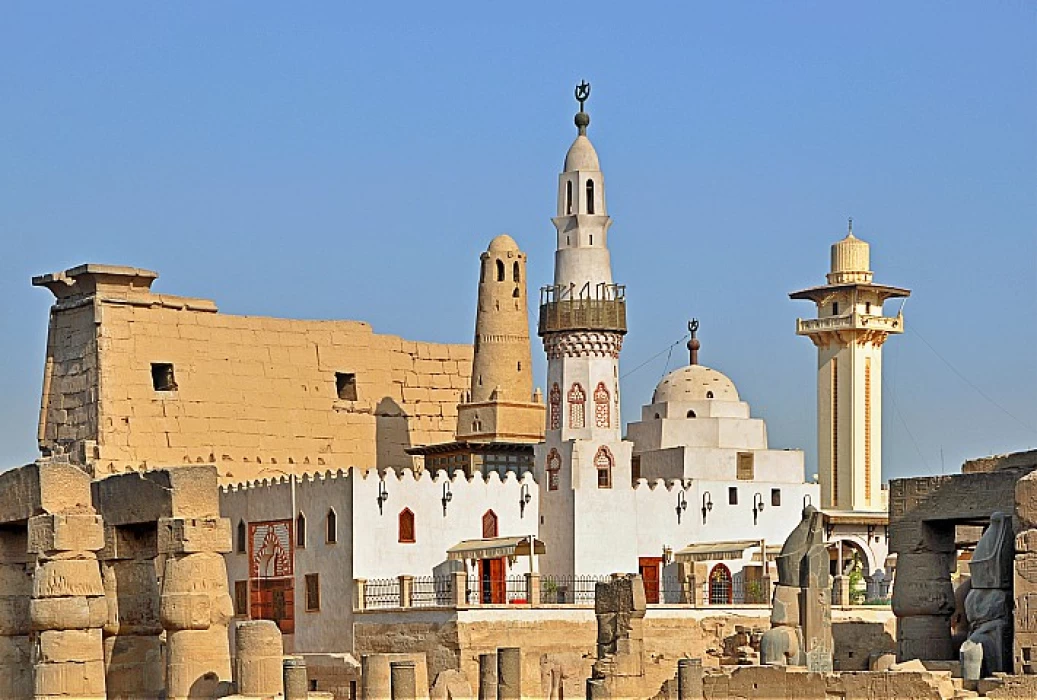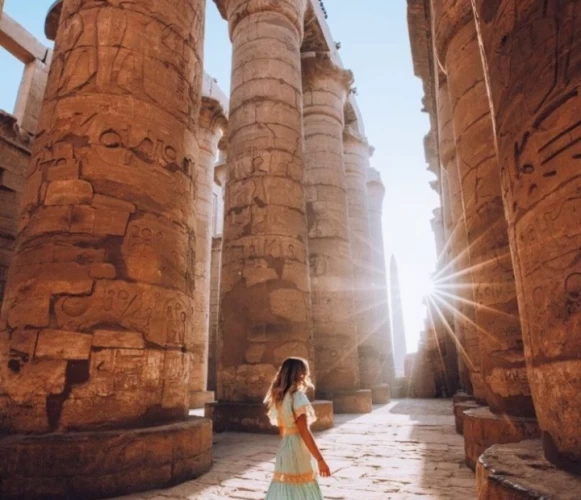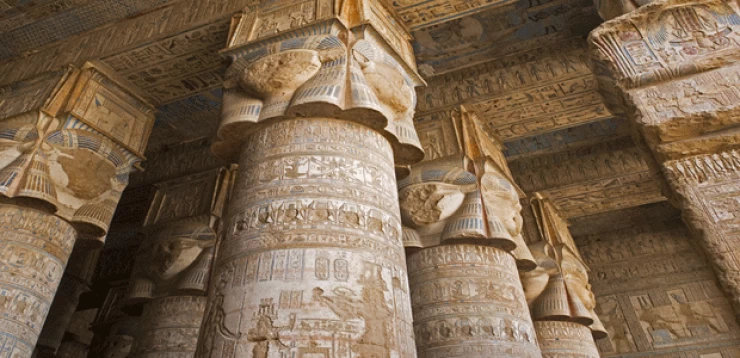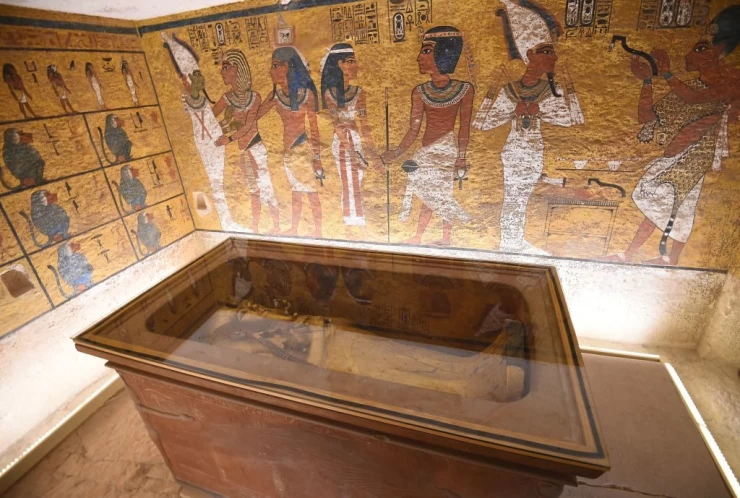
Abu El-Haggag mosque, Luxor
Al-Aqsa, or the Mosque of Abu-El-Haggag as the public calls it is a mosque in the Egyptian city of Luxor. It belongs to the Sufi, “Yusef bin Abdul Rahim bin Yusef bin Isa Al Zahid,” known as Abu-El-Haggag, Al-Aqsa who is buried inside it. It is located on the top of the ruins of Luxor Temple an Ancient Egyptian dating back to the reign of Pharaoh Amenhotep III.
An architectural masterpiece in the heart of the Luxor Temple. Its unique design and its mediation of an archaeological mass that tourists visit made it attractive to visitors, as the Abu-El-Haggag Al-Aqsa Mosque was built in the heart of the Luxor Temple, which makes it more special than other mosques.

Luxor Temple
The mosque was built 900 years ago when "Abu-El-Haggag" fled Morocco to spread the Islamic call in Egypt. It is built on the northeastern side of the Luxor Temple, and it was said that the one who knows God Abu-El-Haggag was a lot of seclusions and isolated in Luxor Temple, and because of this, he built it in the heart of the temple and was buried With his mausoleum above the Luxor Temple after the sheikh died in Luxor in 642 AH.
When the mosque was built, large parts of it were covered with sand. Was discovered in the late 19th century, and the local residents request the mosque’s demolition due to its importance.
Abu Haggag is a Sufi religious person, born in Baghdad it is believed that the minaret is older than the mosque, dating back to the 11th century. The mosque itself has been rebuilt many times, and completely in the 19th century.
When he came to Luxor, Islam at the time was not the major religion in Egypt Coptic. The city was owned by a religious Coptic lady.
She was called The Princess. And she who gives him the land whom he builds the mosque in it.
From inside the mosque, we can see some Pharaonic walls and pillars, and this is what makes the mosque different. When he died he was buried in the mosque.
Luxor has too many landmarks such as Tutankhamun's tomb located in the valley of the kings, Despite its enormous wealth, the tomb of Tutankhamun No. 62 in the Valley of the Kings is very modest in terms of size and architectural design compared to other tombs in this site, due to the accession of Tutankhamun to the throne at a very young age and he ruled for only about nine years.
You can go to a special place called Sofitel Winter Palace to learn about ancient Egypt. It's a hotel where you can feel and see how great ancient Egypt was.


















